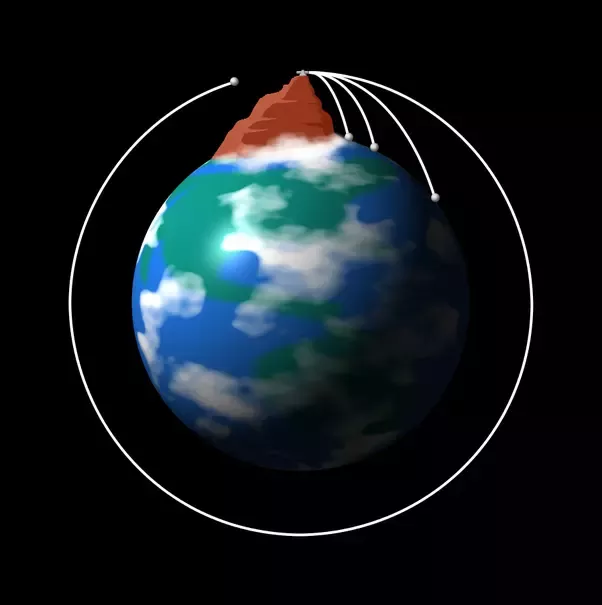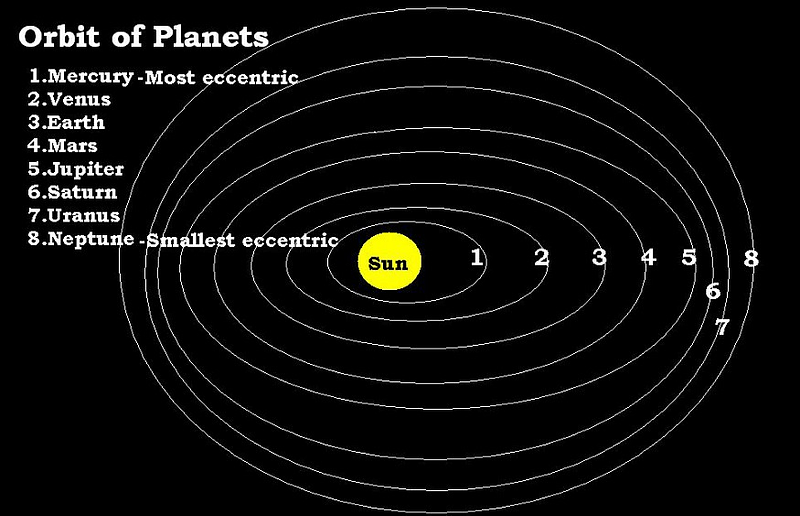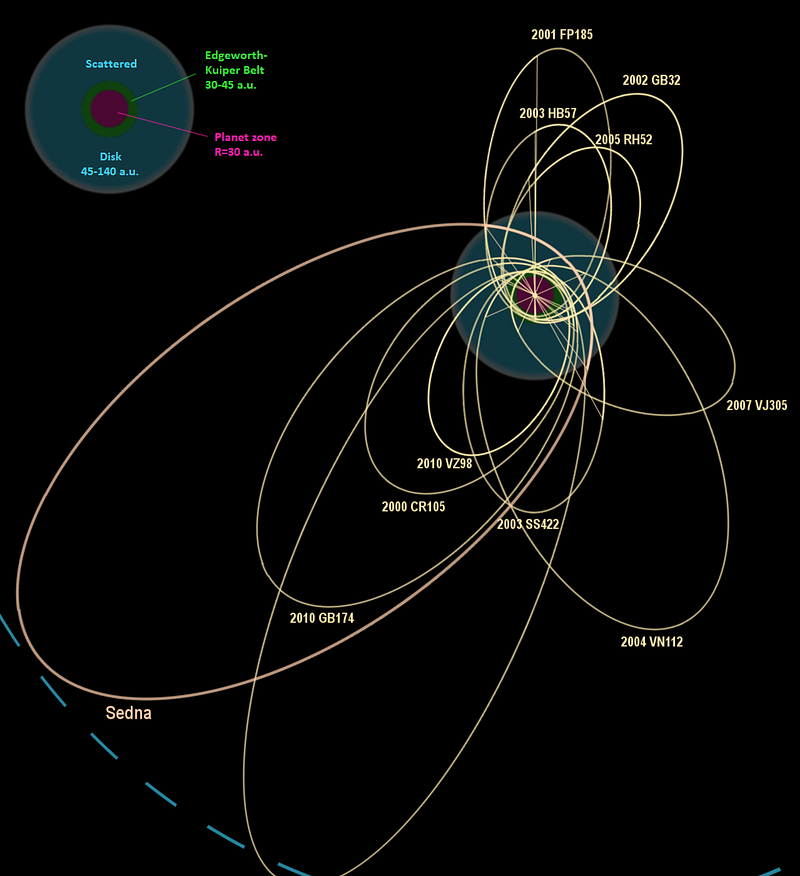Why Don't Planets Fall Into the Sun? Understanding Orbits
Written on
Chapter 1: The Nature of Planetary Orbits
Why don’t planets collide with the Sun? Most individuals recognize that the Sun holds 99% of the total mass in our solar system, causing all celestial bodies to orbit around it. While many envision orbits as circular, the reality is quite different.
To grasp why planets revolve around stars, it's crucial to consider the law of universal gravitation, which states that all objects exert gravitational attraction on one another. For instance, the gravitational pull between the Sun and Earth is approximately 3.35 × 10²² N. At first glance, one might think that such a significant force would cause these bodies to move closer together, suggesting that Earth should be falling directly into the Sun.
In actuality, planets do continuously fall towards the Sun, but they possess a tangential velocity that directs them along their orbital paths. Absent the gravitational forces from the Sun and other celestial bodies, Earth would maintain a steady forward motion. However, the gravitational pull continually alters its trajectory.

A helpful analogy is to imagine tossing a stone horizontally from the top of a tall building. The stone descends towards the ground while also moving horizontally. If you increase the stone's horizontal launch speed, it will travel further before hitting the ground. Eventually, you could achieve a speed where the stone would entirely miss the ground and enter a perpetual free-fall; this speed is known as the first cosmic velocity, marking the point at which an object becomes a satellite.

Section 1.1: Why Orbits Are Elliptical
Next, let’s discuss why not all orbits are circular; they are often elliptical. A key detail to understand is that Earth does not merely revolve around the Sun; rather, it orbits a shared center of mass that lies within the Sun, though not at its very center. All planets are drawn toward this center of mass. Interestingly, Jupiter is unique among the planets, as its center of mass with the Sun is situated outside the star itself.

The positioning of this center of mass causes the orbits of planets to curve when viewed from the Sun's center, resulting in elliptical shapes. An ellipse is defined by its eccentricity, which measures how much it deviates from being a circle. If the eccentricity is zero, the orbit is circular; if it reaches one, the trajectory becomes a parabola. Most planets in our Solar System have eccentricities close to zero, indicating near-circular orbits, with Mercury being an exception at an eccentricity of 0.2. Its orbit's shape can be attributed to its proximity to the Sun, the gravitational influences of other planets, and conditions present during the Solar System's formation.
Chapter 2: Gravitational Dynamics
Explore the question, "Why Doesn't the Earth Crash Into the Sun?" This video elaborates on the gravitational dynamics that keep Earth in orbit.
Delve into the Monthly Mailbag episode addressing "Why Doesn't the Earth Fall into the Sun?" This discussion provides insights into the forces at play within our solar system.
If you're interested in more content related to space, feel free to clap! Subscribe to our channel for more insights and ask your questions, which I'll address in upcoming articles.